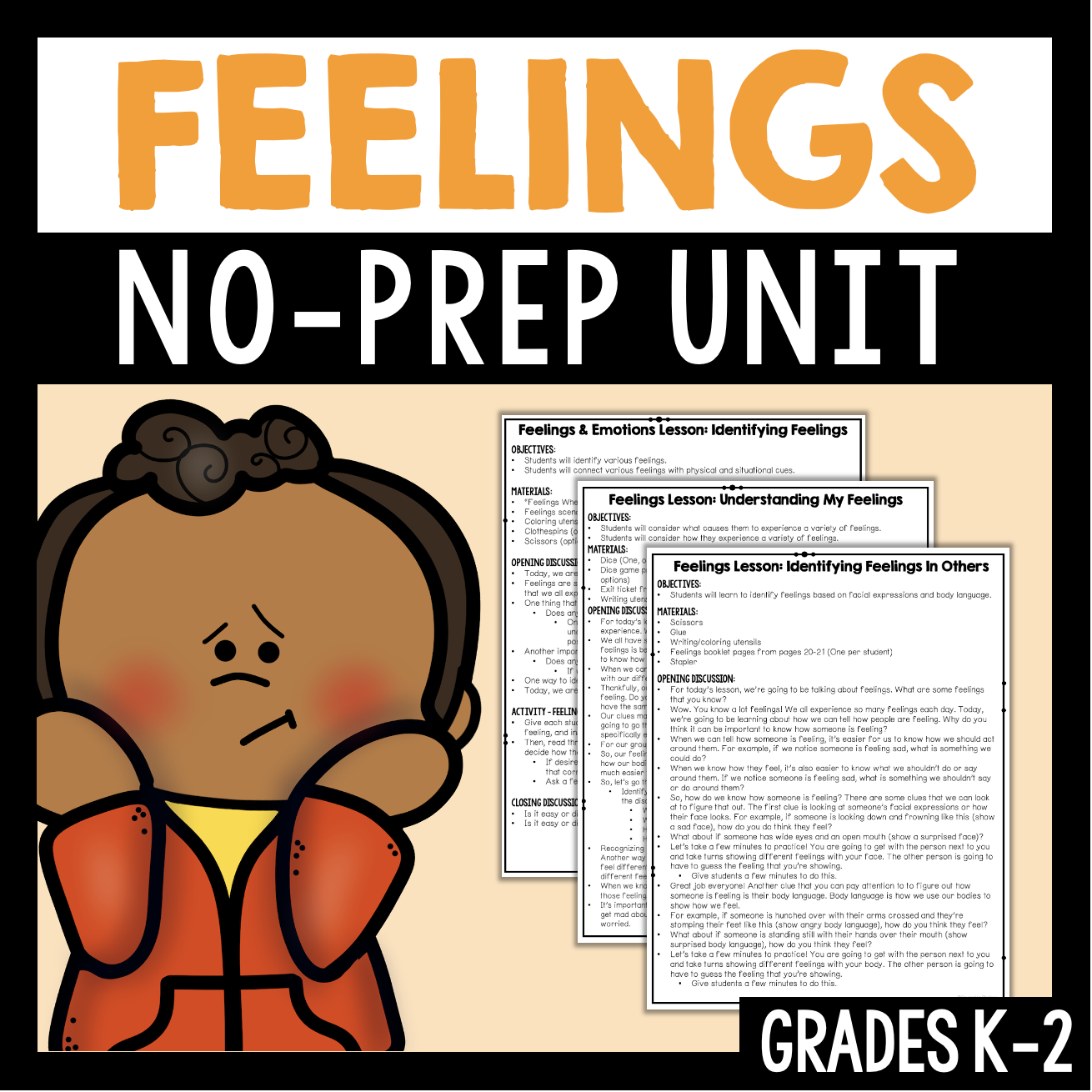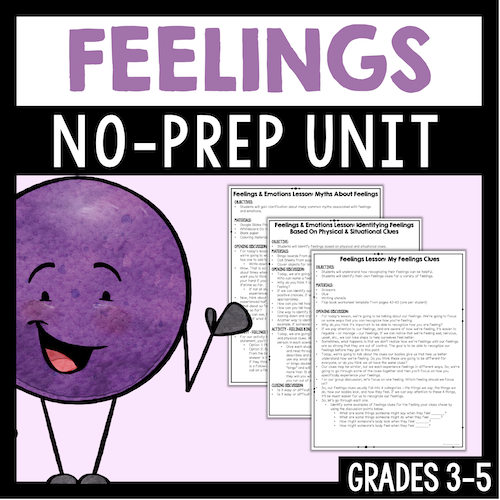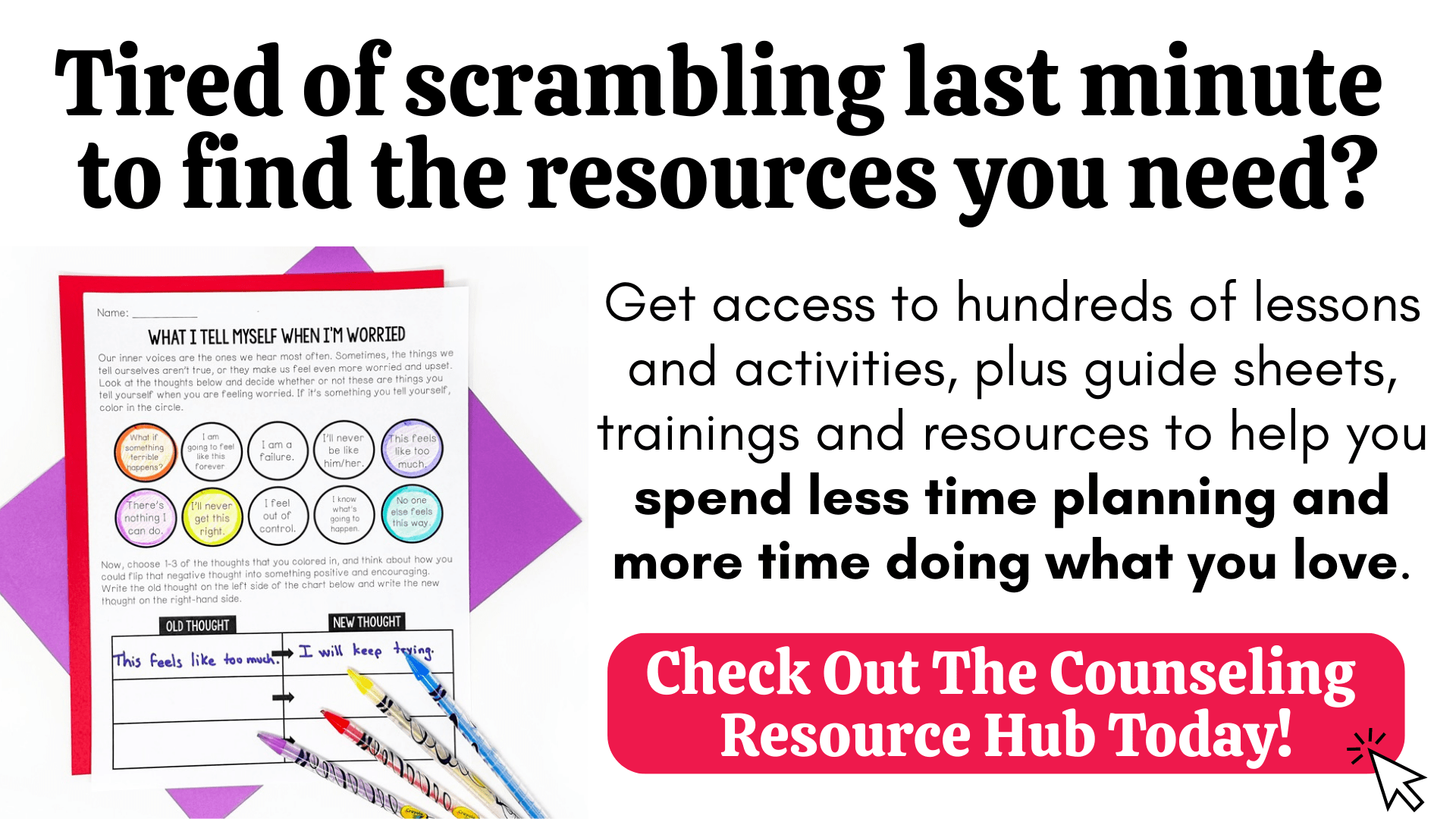5 Easy & Innovative Ways Counselors Can Use A Feelings Chart
Feelings identification is a major part of self regulation, empathy and social skills. When students can identify their own feelings and the feelings of others, it can be easier for them to respond appropriately. One of the best tools for teaching feelings identification is a feelings chart. Although feelings charts are simple, they can be helpful in so many ways. Keep reading to learn my favorite ways to use feelings charts.
Check In/Check Out: If you have any students that regularly check in or check out with you, a feelings chart is a great way to gauge how their day is going. All you do is simply show them the chart and ask them to point to how they are feeling. If you are checking in, this gives you a great way to help the student process any difficult emotions they may be feeling before their school day begins. It is also a great way to collect data about trends in how they are feeling and possibly address the causes of certain feelings.
Empathy Scenarios: Identifying the feelings of others is a huge step in empathy. One way I like to practice this with students is by sharing imaginary scenarios (such as, Bailey lost her softball game), and having the students point to the feeling(s) that they think the person may have. Then, you can talk together about how you could respond empathetically to that situation. If you are looking for scenarios to use, I have some as part of my empathy task cards.
A Time I Felt…: So often I feel like my students have a very limited emotional vocabulary. They may know happy, sad, angry and worried, but have little understanding of feelings outside of those 4. A feelings chart is a great way to help them broaden that knowledge. To do this, take turns choosing a random feeling on the chart and ask them to share a time when they felt this way. This simple exercise will help them go beyond just the basic emotions and be able to better identify how they are feeling.
Discussing Coping Skills: Choose a feeling from the chart (or have the student choose) and then talk about what the student typically does when he/she experiences that feeling. Then, talk about whether or not that is a good choice and if necessary, process how they can express their emotions in a more positive way.
Display Them Throughout The School: Part of self-regulation is being able to identify when you are needing to calm down. Hanging a feelings chart in various places in the school (classrooms, hallways, even bathrooms) are a great way to keep students thinking about their feelings and noticing how they feel.
Although a feelings chart is such a simple tool, I really do think that is is extremely impactful and an absolute must have for all counselors (and any educator really...). If you don’t already have a feelings chart that you love to use, make sure you download the one I made by clicking below!
Do you have any great ways that you use your feelings chart? I’d love for you to drop your ideas in the comments below!







